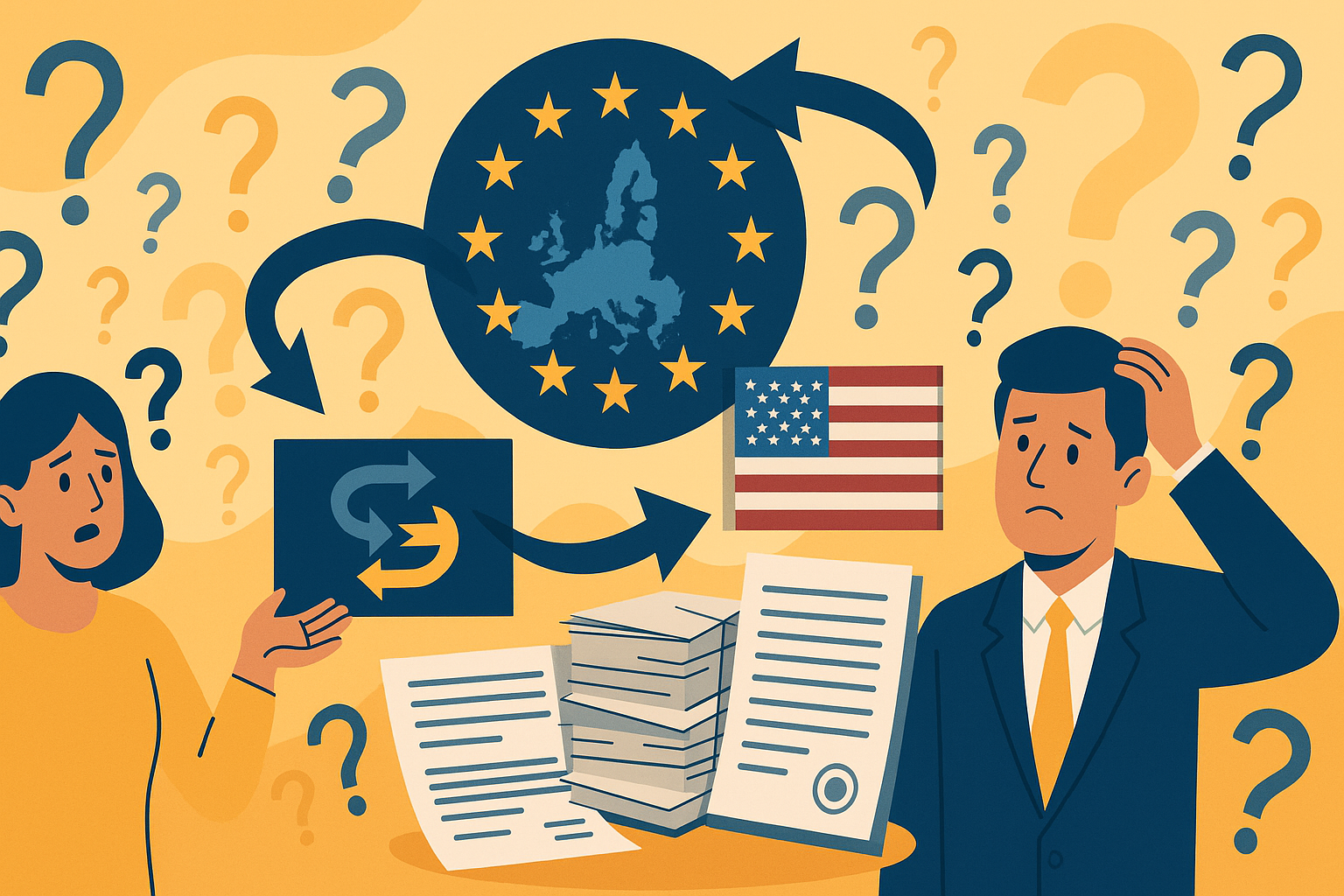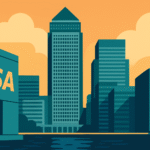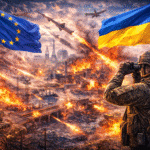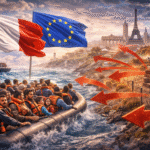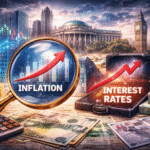A recent trade pact between the European Union and the United States, heralded by the White House as a “colossal deal”, has left policymakers in Brussels grappling with confusion and legal uncertainty. Announced through an executive order by U.S. President Donald Trump and a yet-to-be-released joint statement, the agreement lacks the formal structure typically expected in such international arrangements.
Diverging Narratives on Tariff Commitments
The deal, outlined by the White House in a “factsheet”, suggested that the EU agreed to 15% tariffs on exports such as cars, pharmaceuticals, and semiconductors, while steel and metals would continue to face 50% tariffs. However, the EU’s interpretation differs. The European Commission clarified that pharmaceutical tariffs would only be imposed following the conclusion of ongoing U.S. Section 232 investigations, and steel would be subject to tariff rate quotas — only facing the 50% levy if quotas were exceeded.
The discrepancies have stirred criticism from across Europe. France’s Prime Minister labeled the deal a “dark day” for Europe, while President Emmanuel Macron reportedly told his cabinet that the EU had not been “feared” enough in negotiations.
Legal Ambiguity and WTO Compliance
The informal nature of the agreement — lacking a full-fledged treaty — raises World Trade Organization (WTO) compliance concerns. Under WTO rules, offering reduced tariffs to a single nation without a formal trade agreement could be seen as discriminatory.
Trade experts suggest that the EU may attempt to frame the deal as a “platform” or “road map” for future formal agreements, possibly using this interpretation as a legal defense against claims of WTO violations. Sam Lowe of Flint Global noted, “The WTO can do next to nothing about it,” but the larger issue is how the EU can justify its actions while claiming to uphold a rules-based trading order.
Dmitry Grozoubinski, senior adviser at Aurora Macro Strategies, added that the EU may claim the tariffs are “interim provisions” en route to a formal free trade agreement — offering a thin legal cover.
Institutional Pressure and Political Satire
The situation has prompted questions about the relevance of the WTO in an era of informal “vibe-based” deals. One EU diplomat even joked about rebranding the WTO as the “World Tariff Organisation”, given the proliferation of inconsistent trade arrangements.
Despite the tension, the WTO last week appointed Jennifer Nordquist, a Trump-era U.S. official, as its new deputy director-general, signaling continued U.S. involvement rather than disengagement.
Broader Trade System Under Strain
While Trump’s trade policies have shaken global norms, experts note that the primary impact remains bilateral — between the U.S. and individual partners. Penny Naas of the German Marshall Fund highlighted that the global tariff system remains deeply uneven, and while Trump’s criticisms may have merit, his unilateral actions further destabilize multilateral frameworks.
Maroš Šefčovič, EU trade commissioner, stated that WTO reform would be a priority in future EU-US cooperation, underscoring the EU’s continued commitment to institutional trade systems.
A Shifting Trade Landscape
Trump has now raised U.S. tariffs to their highest levels since the 1930s, yet has completed fewer than 10 of the 90 trade deals he pledged in his initial 90 days. As countries like Vietnam, Japan, and Taiwan struggle to interpret their own agreements with Washington, the EU finds itself navigating a trade relationship defined more by ambiguity and political symbolism than by legal certainty.
The European Commission is expected to continue clarifying and negotiating the terms, but for now, the “deal” remains a loosely defined framework — a product of political expedience more than traditional diplomacy.


